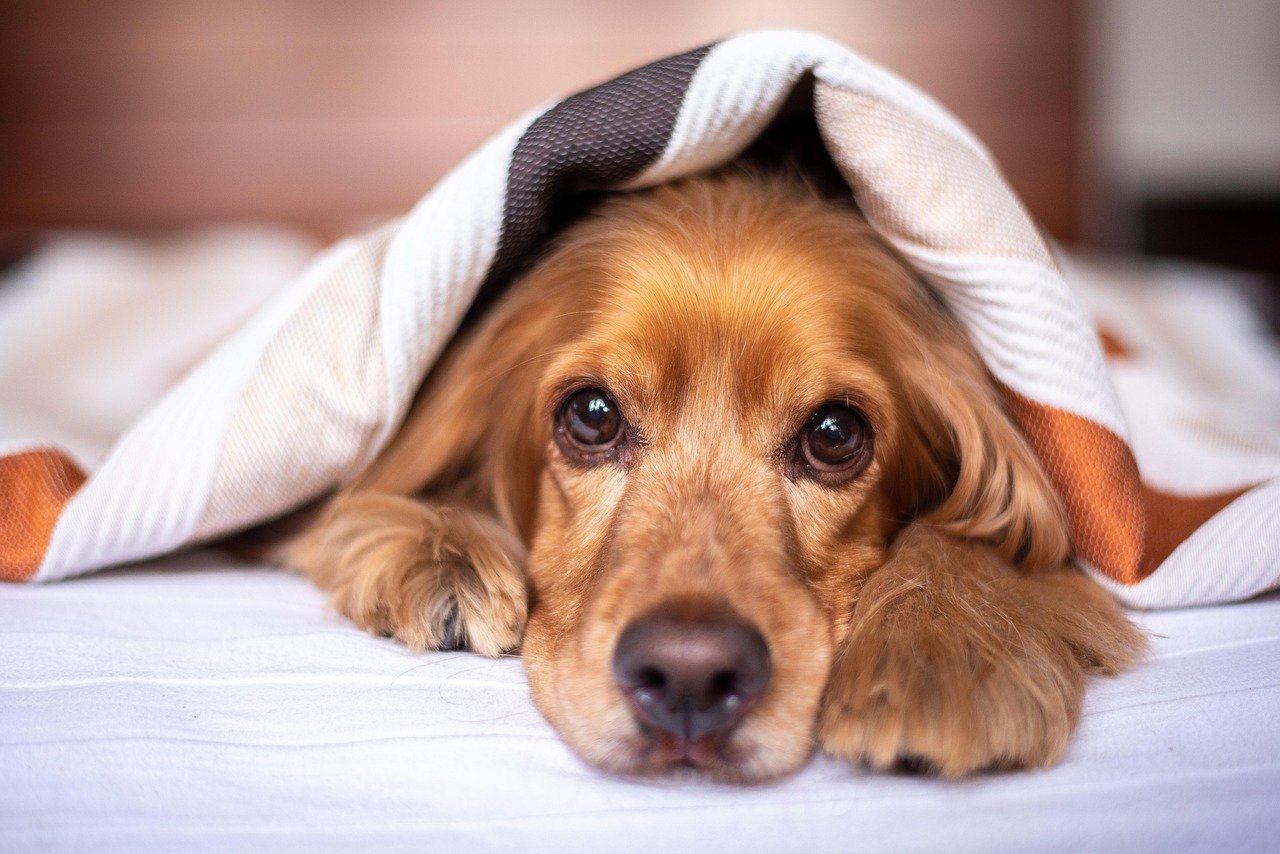Did you ever catch your dog napping upside down, legs in the air, snoring like a cartoon character? If you have, you’re not alone—and you’re in for a treat. Dogs are endlessly entertaining, and their sleep habits are pure comedy gold. Whether it’s a snuggly Chihuahua burrowed under a mountain of blankets or a Great Dane sprawled across your entire bed, every breed has its own hilarious bedtime quirks. Let’s dive into the delightful world of canine sleep, and discover what makes your dog’s snooze sessions so unique.
The Classic “Back Sleeper”: Belly Up and Dreaming

Some breeds, like Labradors and Greyhounds, love to sleep flat on their backs with all four paws in the air. This position looks silly but signals that your dog feels completely safe and relaxed. The exposed belly means trust—your pup doesn’t expect any danger while dozing off.
If you spot your dog in this pose, it’s usually a good sign of comfort. However, keep an eye out for excessive belly licking or redness, which could hint at skin irritation or allergies. Most of the time, though, it’s just your dog’s way of airing out after a busy day!
The “Burrower”: Blanket Lovers and Couch Tunneling

Breeds like Dachshunds and Terriers have a strong instinct to burrow. If your pup disappears under throws, cushions, or even laundry piles, don’t worry—it’s not just for warmth. This behavior dates back to their roots as hunters, where burrowing meant safety and coziness.
If your dog loves to burrow, provide soft blankets or a covered bed to help them feel secure. Just be cautious with heavy or weighted blankets, especially for small breeds, to avoid accidental overheating or suffocation.
The “Donut Curler”: Snug as a Bug

Many dogs, from Shih Tzus to Huskies, curl up tightly in a ball to sleep, often tucking their nose under their tail. This adorable donut shape conserves body heat and protects vital organs—a throwback to wild ancestors.
If your dog always chooses this position, especially in cooler weather, offer a round, cozy bed that supports their natural instinct. It’s a sweet way to know your pup feels safe but still keeps one eye open for the unexpected.
The “Sprawler”: Bed Hog Extraordinaire
Ever wake up with a Saint Bernard or Golden Retriever stretched across your mattress like a furry starfish? Some breeds love to sprawl out, taking up as much space as possible. This often signals a confident, laid-back personality.
While it’s hilarious (and sometimes frustrating), letting your dog sprawl can help prevent joint stiffness, especially in large breeds. If you need your space back, try a larger dog bed or a gentle habit of moving them before you settle in.
The “Lean and Snuggle”: Velcro Dog Alert
Breeds like Boxers and Vizslas are known as “velcro dogs” for good reason. They love to press up against their favorite humans or canine friends while sleeping, craving warmth and connection.
If your pup always leans on you, enjoy the affection—it’s a sign of strong bonding. Just watch for signs of separation anxiety, like whining or restlessness when you’re apart. Routine, reassurance, and a favorite blanket can help your dog feel safe, even when you’re not around.
The “Sleep Talkers”: Snorts, Sighs, and Doggy Dreams

French Bulldogs, Pugs, and other brachycephalic breeds are famous for their noisy sleep. Snoring, grumbling, and even little barks can all happen during deep REM cycles, when dogs process the day’s adventures through dreams.
Occasional sleep noises are normal, but loud, persistent snoring or gasping could signal breathing issues. Regular vet check-ups are wise, especially if you notice changes in your dog’s nighttime sounds or energy levels.
The “Night Wanderer”: Midnight Movers
Some breeds, especially older dogs or lively Border Collies, pace or reposition themselves often at night. This can be due to restlessness, arthritis, or even cognitive changes as dogs age.
If your dog can’t settle, try a calming bedtime routine—soft music, gentle massage, or a warm spot away from drafts. If the habit persists, consult your vet to rule out discomfort or anxiety.
The “Contortionist”: Odd Angles and Paws Askew

Ever seen a Beagle twisted like a pretzel or a Corgi with legs flopped in every direction? Some dogs sleep in the strangest positions, leaving us baffled—and often cracking up. These unique poses can be a sign your dog feels comfortable and uninhibited.
While it’s usually harmless, sudden changes in your dog’s sleep positions or signs of discomfort (like yelping or limping) should prompt a vet visit. But most of the time, those silly angles are just your dog’s way of getting cozy in their own, unforgettable style.





